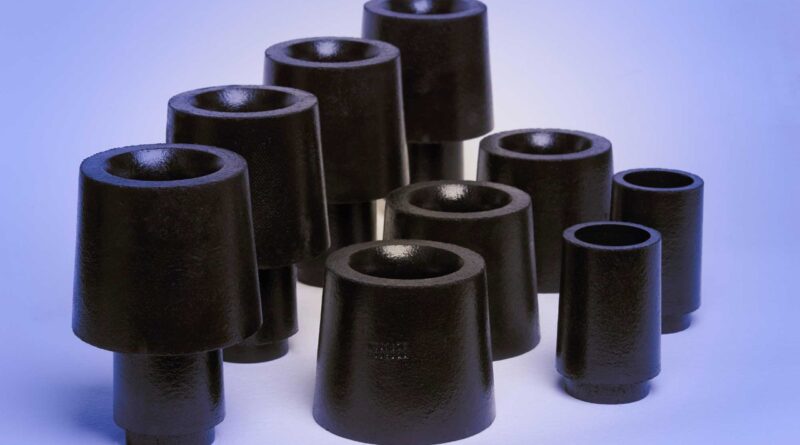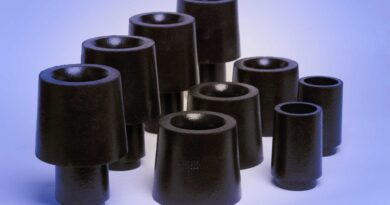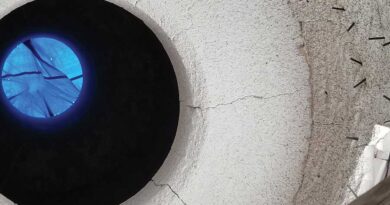Refractory Products: How they are used
If you’ve ever wondered how those giant, imposing furnaces full of molten metals stay standing after years of intense heat, the answer is refractory products. Refractory products are a crucial part of many industries that use high temperatures in their processes, such as metal production and glass-making.
Here’s a quick look at refractory products and how they keep things running smoothly – even when the heat is turned way up.
There are four main types of refractory products: firebricks, high alumina bricks, silica bricks, and magnesia-carbon bricks. Every kind of refractory product has different benefits and uses.
Firebricks are the most common type of refractory product and are used in a variety of applications. High alumina bricks are more resistant to chemical attack and thermal shock than firebricks. Silica bricks have excellent durability and heat resistance properties. Magnesia-carbon bricks provide high thermal conductivity, low thermal expansion and high fracture toughness.
Whether being used for furnaces, kilns, or any other type of equipment that gets extremely hot, refractory products can help keep operations running smoothly. Not only do they withstand high temperatures, but they can also provide superior insulation. This means that energy costs potentially decrease, and production will be more efficient.
How refractories are used depends on the application and requires manufacturers to consider the elements the materials have to withstand, such as heat capacity, thermal expansion, and acidity.
The physical form of refractories is also essential when classifying them and their uses and are separated into three categories:
- Shaped refractories such as fireclay, basic refractory bricks and silica brick.
- Unshaped or Monolithic refractories – which are further classified by their application use, such as mortars, castings, gunnings, and rammings. A significant and widely used subset of unshaped refractory is castables, concrete-like materials that are poured and cured after being poured.
- Fibrous refractory materials – refractories are extruded and then spun, forming fibres. The fibres can then be aligned and pressed if necessary. A fire blanket is a typical example of fibrous refractory.
In the steel industry, refractories are used as “consumables” that are used only once or for a short period of time and are then changed.
For most other industries, refractories are usually installed when building new plants to protect capital investments and extend the lifespan of the equipment. In these plants, refractories are required for repairs on a continuous basis, without which these factories would cease operations. A constant supply of refractories is essential for steel, cement, glass, metals, pulp, chemicals, waste, and other plants around the world.




